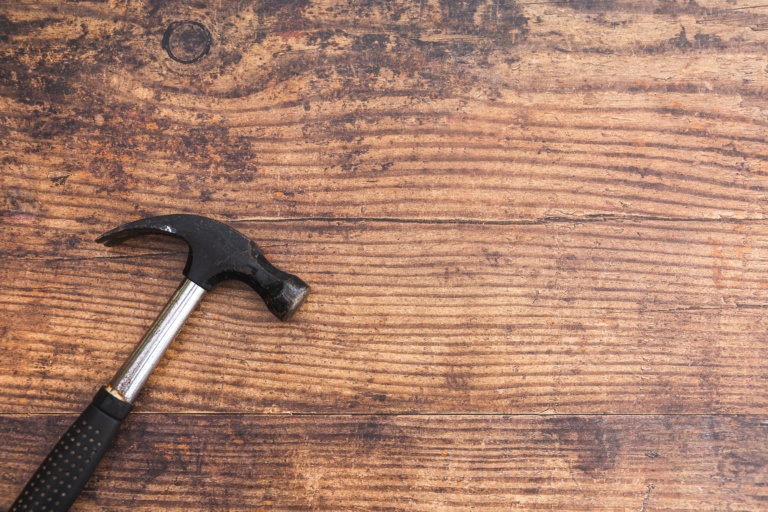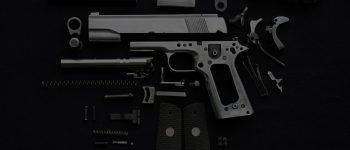Wood Repairs - Part I
If the wood fibers are not broken, and the wood does not have an epoxy or urethane finish, infuse water into the wood grain.
Skip Walters

Some of the most common repairs a gunsmith will encounter are repairs to wood. These repairs will include removing dents, filling gouges, repairing cracks and replacing chips and missing pieces of the wood stocks.
The surface dents can be removed by steaming the compressed wood back to its original position. Furniture makers have used this technique for over a century. Modern polymer finishes do not allow this type of repair, so these finishes must be stripped off of the wood for any degree of success with this method.
If the wood fibers are not broken, and the wood does not have an epoxy or urethane finish, infuse water into the wood grain. This is accomplished by putting water on the damaged area and waiting for the wood to absorb the water. A piece of wet cotton cloth placed over the area aids with the absorption.
After the wood grain has taken in water, place hot metal (In the past, a soldering copper was used, but a soldering pencil with a blade-like tip works well) on top of the cloth to produce steam. The steam will enter the wood fibers and cause the fibers to expand, raising the dent in the wood. Repeat this procedure until the dented wood is flush with the surface of the wood. Allow the wood to dry for about 24 hours before applying the wood finish.
Gouges or deep scratches that have broken fibers can’t be raised with steam. In these cases, shellac sticks of different colors are essential. This method has also been used by furniture makers for a long time. Shellac sticks are inexpensive and available from most woodworking supply houses, as well as on the internet.
If the gouge is shallow, a soldering pencil can be used to melt the shellac stick of the matching color into the void. The shellac hardens quickly and can be lightly sanded until the area is even with the surface of the wood. Highly figured stocks will often have “checks” or surface cracks that become visible during the shaping process. These imperfections are filled in the same manner. The wood may have the finish applied as soon as the sanding is completed.
Cracks, chips and broken/missing pieces of wood stocks will be covered in Part 2.




